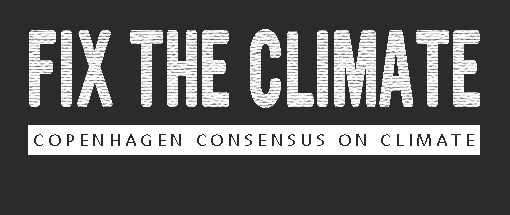Fix The Climate: Cutting Black Carbon Emissions Assessment, Montgomery Tuladhar
Assessment Paper
The working paper used by the Expert Panel is available for download here, the finalized paper has been published in Smart Solutions to Climate Change by Cambridge University Press.
As much as 40% of current net warming is attributable to black carbon, point out Dr. W. David Montgomery, Robert E. Baron and Dr. Sugandha D. Tuladhar.
Moreover, whereas CO2 has a life of up to about 40 years, black carbon remains in the atmosphere for as little as several weeks, which means that reducing emissions of black carbon can have an immediate near term impact on atmospheric warming. Since black carbon is considered responsible for about 30% of the arctic melting, black carbon emission reductions can also rapidly reduce the rate at which arctic ice is melting.
Black carbon is essentially the soot produced through diesel emissions, and – in developing countries – people burning organic matter to cook food and stay warm. It can be eliminated with cleaner fuels and new cooking technologies. Sooty pollution from indoor fires claims several million lives each year so reducing black carbon would be a life-saver.
Over the past century, technological advances have significantly mitigated black carbon emissions in industrial countries. Developing countries, on the other hand, often have been unable to afford the same technological advances, and, in turn, as their populations have grown, so have black carbon emissions.
Black carbon can be controlled in developing countries through the implementation of cleaner fuels, new cooking technologies, and changing crop management practices.
The authors also present potential ways to implement these policies. They estimate that spending $359 million could realistically slash 19% of black carbon emissions. This would have a significant cooling impact on the planet, and would save 200,000 lives from pollution. The net annual benefits would run into several billion dollars.

